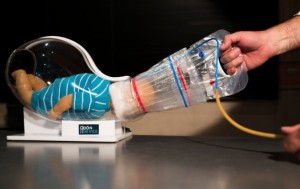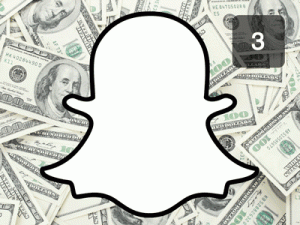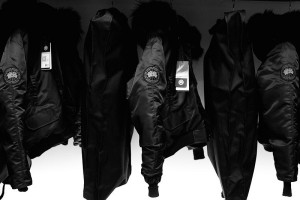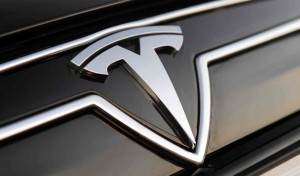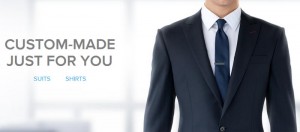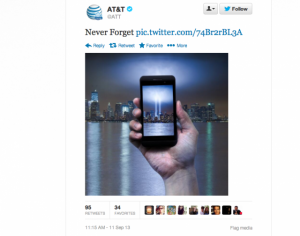The Odón Device has been developed, and it makes pushing the baby out of the womb much less labor intensive. This invention is groundbreaking and it is apparent that it falls under the painkiller category, as it fulfills a need that was previously unknown. I read this article on William’s blog, and agree that this device is a lifesaver with the value proposition of easing the pain of births. It will preserve the lives of mothers and babies primarily in third world countries, and can also save babies from defects and injuries that are associated with being pulled out of the womb. Before this new substitute good, the previous solutions were to go to the emergency room, which is too costly for the third world, the use of forceps (large pliers), or suction cups. These methods are relatively primitive. Odon is also a car mechanic by trade, giving him the ability to see the method of solving conception in an unbiased light – an obstetrician would of simply attempted to improve upon current methods. Technology also greatly benefited this device, as without the platform YouTube, this invention would not have spread so quickly within the obstetrician field.
Source :
http://www.nytimes.com/2013/11/14/health/new-tool-to-ease-difficult-births-a-plastic-bag.html?src=mv&_r=0
blogs.ubc.ca/williamliaw
